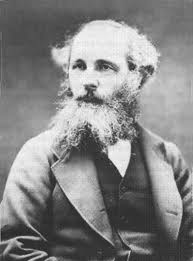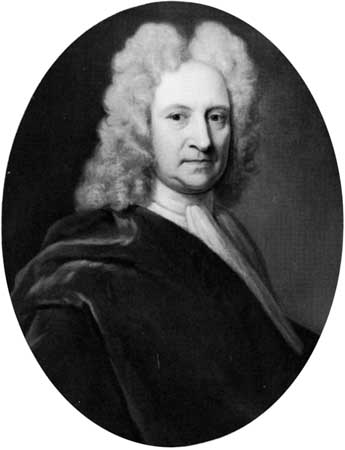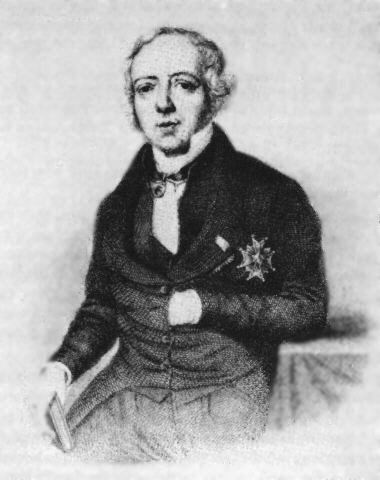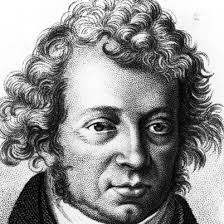Electromagnetism
Once, a naughty child took a little chalk to his teacher. He asked what it was made of. The teacher answered that it was made of atoms. Then, the teacher continued that the atoms were made of electrons, protons and neutrons. The child interrupted and questioned if the chalk is really made of atoms and the rest of the jargon words, why the atoms are not separated and how they are united. The teacher threw a gentle smile and explained that like the joints in his body connected his bones, there were invisible joints in the atoms that keep the atoms close together and the phenomenon is known as electromagnetism.
So, have you ever had the same doubt as the little kid? Well, it is always interesting to know about the facts of magnets and electrons and collectively as electromagnets. This write up will help you in knowing more about the invention story, the failures and successes over various experiments that were performed on electromagnetism.
What does Electromagnetism Really Mean?
Like the gravitational force, strong force and the weak force, electromagnetic force is also one of the four fundamental forces of nature. The electrons inside an atom rotate around the nucleus in a particular track called the orbital. Due to the interactive force between the electrons of the same atom and the electrons of the neighboring atom, and because of the momentum, the atoms are held together. The interactive force between the particles of an object or atom is due to the electromagnetic force which also involves the charges.
People Involved in the Invention of Electromagnetism
Most of the leading physicists worked on the property of electromagnetism including Andre Marie Ampere, Hans Christian Oersted , Edmond Halley, James Clerk Maxwell, William Gilbert, Ben Franklin, Charles Austin de coulomb, Luigi Galvani, Alessandro Volta, Michael Faraday, and Heinrich Hertz
The First Spark

Until 1873, electricity and magnetism were discussed as two different properties. They were not seen under a single aspect unless guided by James Clerk Maxwell. In his publication, Treatise, he made a hypothesis that the interaction between the positive and the negative charges were aided by a force.
In earlier days, iron magnets and lodestones were the only known magnets and people believed that the earth had tons of magnets at its core.
When scientists observed the changes in the direction of a magnetic compass, they believed that the earth’s magnetic field kept changing. In that period of time, a scientist,

Edmond Halley, proposed another hypothesis that stated that the globe is made of a number of spherical balls that surrounded one over the other. He also stated that every spherical ball was rotating in a particular direction.
Advancements in the Properties of Electromagnetism
In 1820, scientist Hans Christian Oersted wanted to show his students about the heating of an electric coil and demonstrated some of his experiments on magnetic property. He mounted a long needle over a wooden stand for his experiment. He was surprised to the greatest extent when he noticed that every time when he turned on the switch, the needle moved. He winded up that day’s experiments and kept working on finding the newest phenomenon which disturbed him.

After days and days of work, Hans Christian Oersted could not come to a conclusion about why the needle moved. He noticed that the needle did not have any kind of interaction with the wire as it neither gets attracted towards it nor gets repelled away from it. Hence, after a period of research, he published a paper on his work without explaining the reason why it happened.
The experiment by Oersted was repeated by Andre Marie Ampere of France. He thought that if an electrical current on a wire can stimulate magnetic property, then it must be capable of synthesizing the same property in another wire too. He then made a series of experiments with parallel and anti parallel current flowing in two wires. He then observed that wires with parallel currents attract each other and the wires with anti parallel current repel away from each other.
He then concluded with her well- explained experiments that electricity was governed by two set of forces, electric force and magnetic force.
Though, Hans Christian Oersted and Andre Marie Ampere worked on experiments that disclosed the secrets of the electromagnetic property, there are many other great people involved in this invention. There is no one in particular, who was the major cause for the invention of this phenomenon.

Right from the ancient times, even a common man was aware of the fact that when fur was rubbed on something, the particles get stick to the fur. This was not deeply experimented, but the clues for electromagnetism weeded during the earlier days itself.
The people who made studies on the electromagnetic property in those days include William Gilbert, Robert Boyle, C.F.du.Fay, Stephen Grey and Otto Von Guericke.
After the proper experiments by Hans Christian Oersted and Andre Marie Ampere, a few other people worked on this property in the nineteenth century. James Clerk Maxwell, Michael Faraday, Nikola Tesla, Thomas Alva Edison, George Westinghouse, Ernst Werner von Siemens, Alexander Graham Bell and Lord Kelvin are the others who made several important contributions towards the advancements on the properties of electromagnetism.
Recent Studies on Electromagnetism
With all the experiments carried out by the earlier mentioned people, it was believed that electromagnetism has a wide variety of applications. The luxury and the comfort that we enjoy today is a result of the work of a number of scientists and researchers. There is no one in particular who can be remarked as the Father of electromagnetism, but the inquisitive nature and the curiosity of a few brains led to the invention of this interesting property.
Joseph Priestly, who discovered the oxygen and other gases found in the atmosphere, had also made some notable contributions toward this innovative invention.

3 Comments
Andre Marie Ampere was a man, not a woman (paragraph 11 ). Please check your facts before publishing such articles.
Hello Tom,
Thank You!! 🙂
Nice Article Thank you.